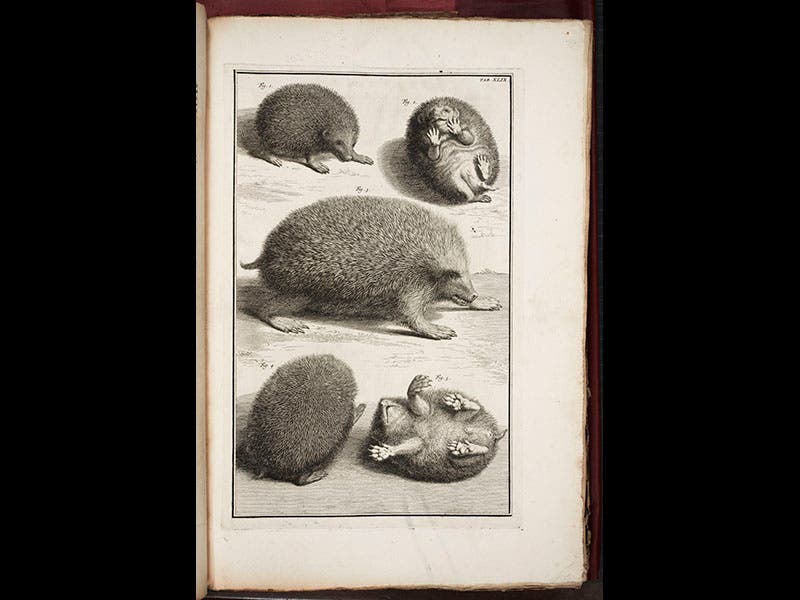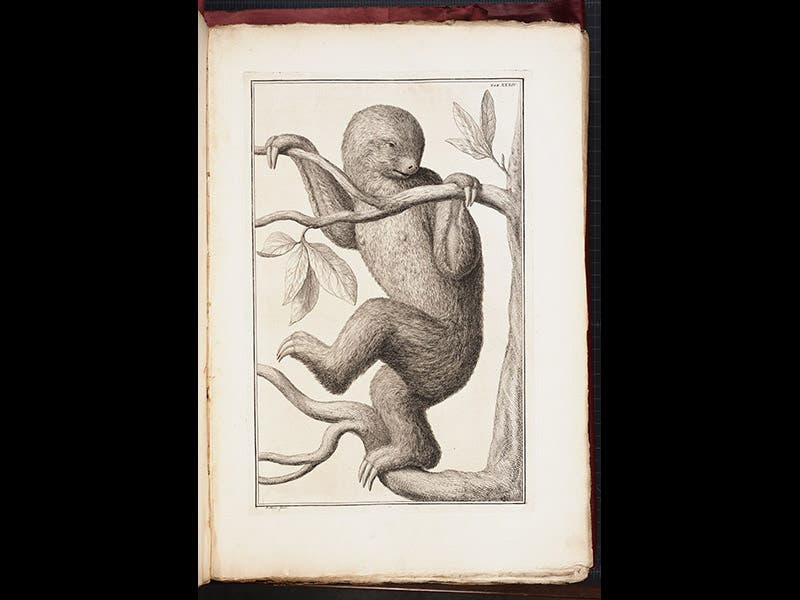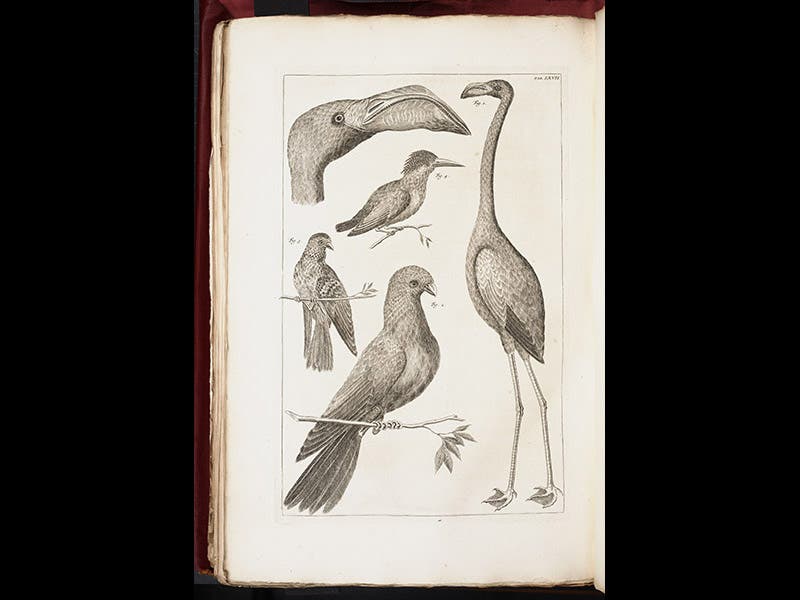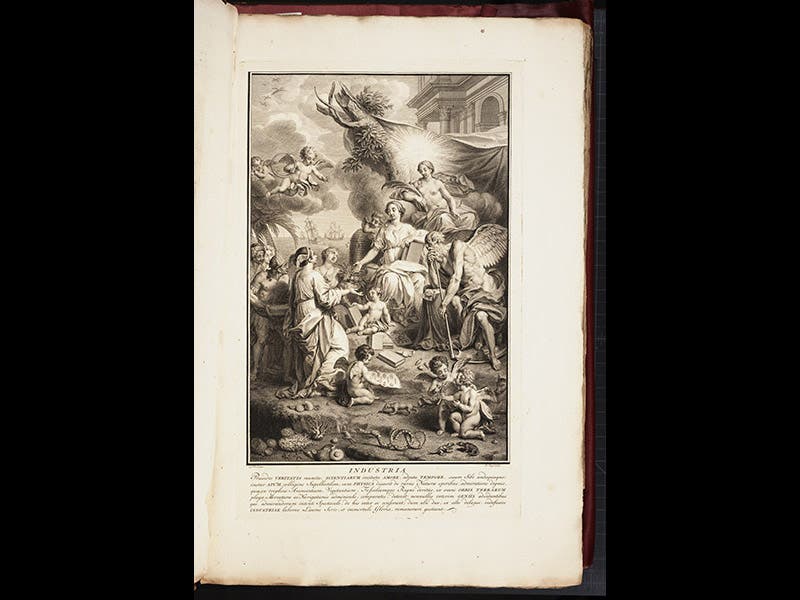Scientist of the Day - Albertus Seba






Albertus Seba, a Dutch pharmacist and collector of curiosities, was born May 12, 1665. Seba amassed an amazing collection of exotic natural objects by trading medicine and services to members of the Dutch East Indies Company. In 1717, he sold his entire collection to Peter the Great of Russia, and then immediately set about building another one. This second collection was described and illustrated in a mammoth catalogue, the Locupletissimi rerum naturalium thesauri (Thesaurus of Natural Things), published in 4 very large and fat folio volumes between 1734 and 1765. The Library has the first two volumes, uncolored, the only two published in Seba's lifetime, but there exist sets of all four volumes with hand-colored plates, and these sets are among the most prized of museum books by collectors.
The plates in these volumes—and there are many—are large, and typically depict stuffed animals brought back to life, not always successfully. But some, like the hedgehog plate (first image), are quite charming. Other plates depict a sloth (one of the first accurate representations of a sloth ever published, second image), an armadillo and an opossum (third image), a porcupine and a babirusa (fourth image), and a curious flamingo (fifth image). The frontispiece (sixth image) is one of the last great allegorical representations of the baroque age of collecting.
Seba’s collection was sold at auction in 1752; brokers came from all over Europe for the occasion. Arnout Vosmaer of the Netherlands was a major bidder, and all of his purchases eventually ended up in the collection of the Prince of Orange. Napoleon confiscated the lot in 1795 and shipped it all to Paris. After the fall of Napoleon, the Netherlands demanded the return of their specimens, and the Museum of Natural History in Paris obliged, except that they sent back substitutes, and kept Seba’s original specimens in the museum, where they still reside. Many other European museums have Seba specimens, acquired in a more ethical manner.
Dr. William B. Ashworth, Jr., Consultant for the History of Science, Linda Hall Library and Associate Professor, Department of History, University of Missouri-Kansas City. Comments or corrections are welcome; please direct to ashworthw@umkc.edu.





